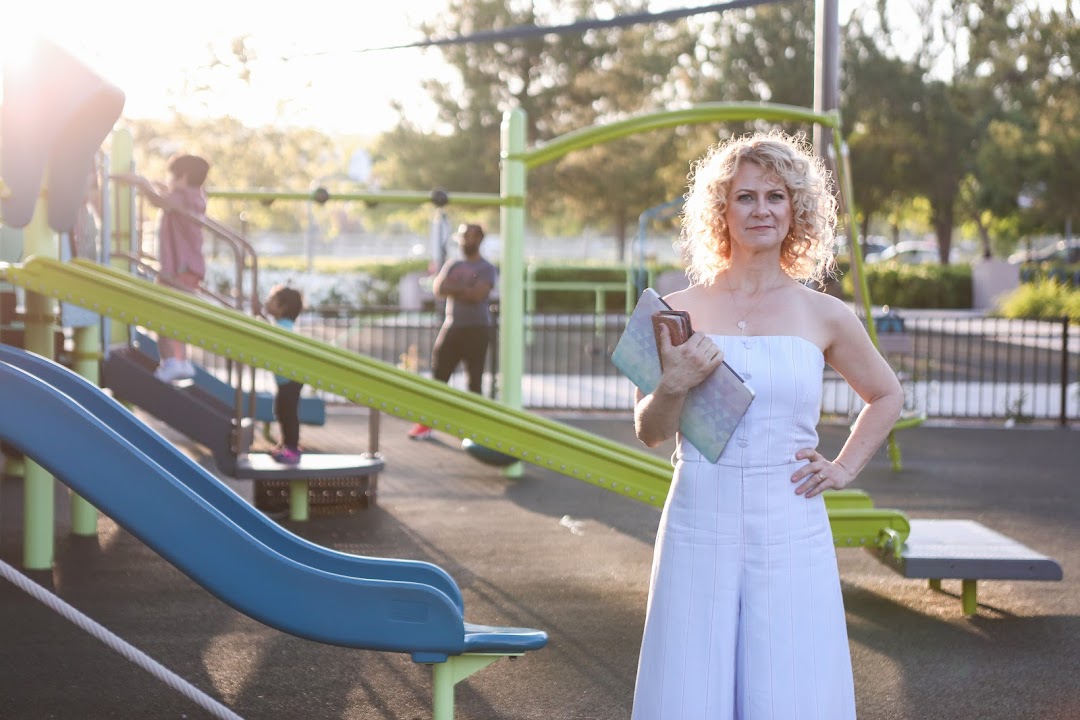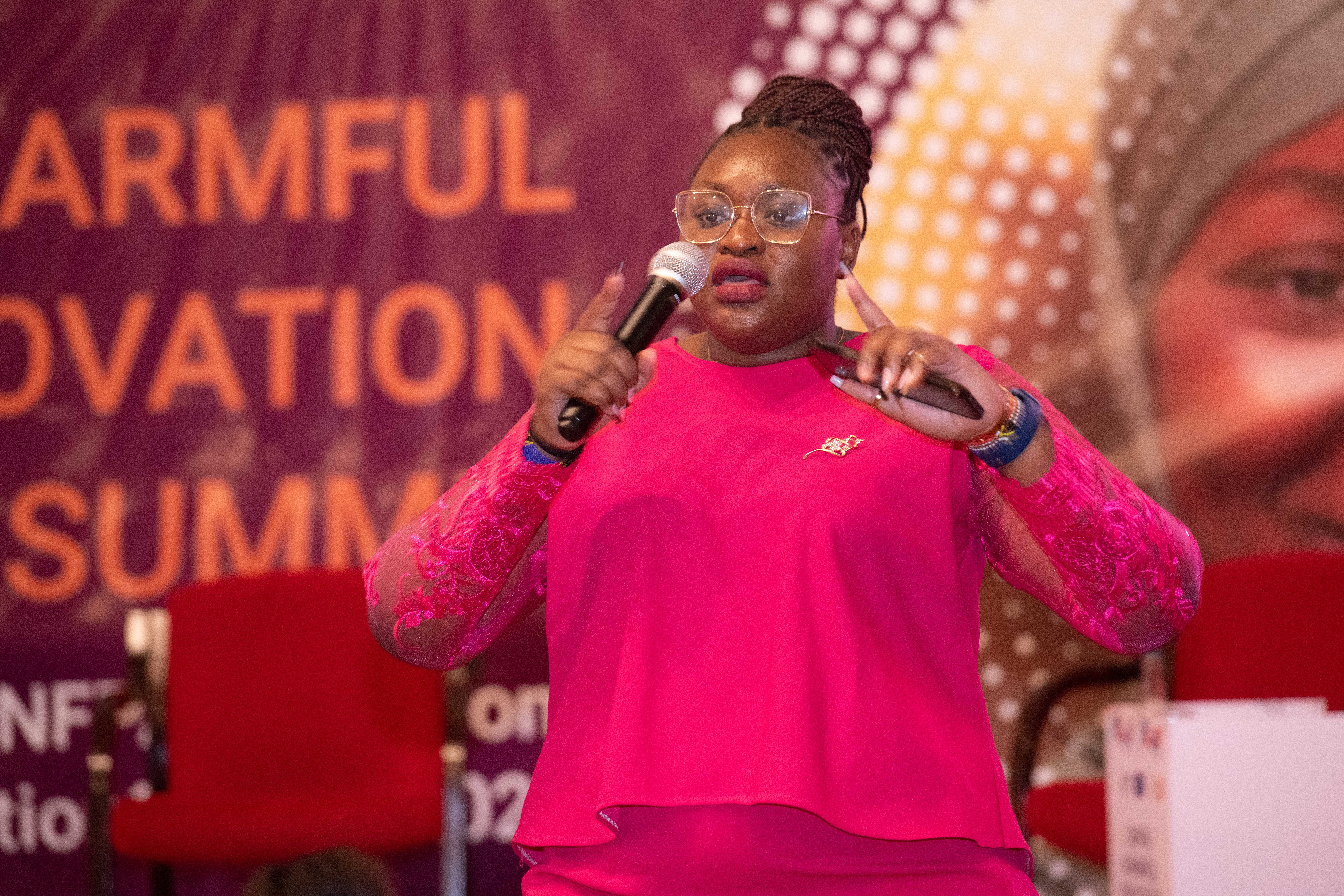Keeping an eye on your blood pressure
At 43, health researcher Nicola McMeekin was blissfully unaware of her hypertension until she had a life-threatening heart injury.
“There was no warning. I was sitting at my desk writing an email when I suddenly had pains in my chest, down the top of my thighs, and in my arm, neck and jaw. It was quite debilitating,” she tells This Is MedTech.
“My husband took me to the hospital, where they did blood tests to see if it was a heart attack. It wasn’t that, so I was kept in overnight and saw a cardiologist the next day who suspected an aortic dissection.”
Uncontrolled high blood pressure (hypertension) is a common cause of aortic dissection, which happens when there’s a tear in the inner layer of the aorta, the large blood vessel branching off the heart. According to charity Blood Pressure UK, around one in three adults has high blood pressure and half of cases go undiagnosed.
While aortic dissection can also be due to genetic disorders, Nicola had tests ruling that out. “My blood pressure in the hospital was very high and doctors concluded that’s the only thing it could have been,” she explains.
Because the symptoms of aortic dissection can mimic other ailments, diagnosis is often delayed. Fortunately for Nicola, her doctors recognised the life-threatening condition and were able to use medical technologies for a swift diagnosis.
“I had an echocardiogram the next morning and then a CT scan confirmed it in the afternoon,” says Nicola. The echocardiogram allowed doctors to look at her heart and surrounding blood vessels using ultrasound technology, while the computerised tomography (CT) scan used x-rays and a computer to provide even more detailed images.
That night, Nicola had an operation to replace her upper (ascending) aorta using a synthetic polyester graft. “The surgery fixed my ascending aorta, but my dissection went all the way from my heart valve down to just above the blood supply for my kidneys. The rest of my tear is managed by medication that keeps my blood pressure down,” she notes.
Ten years on, medical technologies still play a critical role in Nicola’s life. Annual magnetic resonance imaging (MRI) scans allow her cardiologists to see detailed images of the affected areas and monitor them closely. She regularly checks her blood pressure at home and has to refrain from heavy lifting and strenuous exercise.
“My aortic valve was also damaged as a result of the tear, so at some point in the next year or so, I’ll need another operation,” she comments. Despite this ongoing challenge, Nicola says that her outlook on life has totally changed. “I’m so grateful for every day.”
She’s been involved in various awareness campaigns for medical staff and believes that everybody should be getting routine blood pressure checks at the GP. “It’s important to raise general awareness, as acute events like heart attack and stroke are also linked to high blood pressure,” she says.
This year’s World Hypertension Day theme of “Measure Your Blood Pressure, Control It, Live Longer” aligns perfectly with Nicola’s goals of spreading the word.






